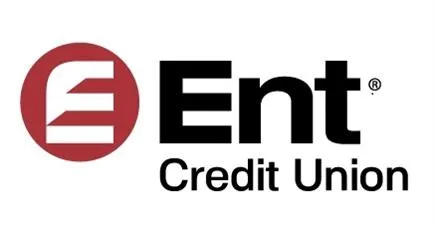Interest rates, inflation cause uncertainty for banks

Rising interest rates, inflation and a shortage of workers are just some of the challenges facing banks currently, although net interest margins continue to hold steady at an average 3.06% for insured institutions in the state as of June 30, 2022, which is a slight drop from 3.09% on June 30, 2021.
Net interest margin, which is the biggest driver of profitability and revenue for banks, will eventually tighten up, probably sometime next year, said Gerard Nalezny, president of Verus Bank of Commerce.
He suspects that banking net interest margins, which remained solid in the third quarter, will level off in…
THIS ARTICLE IS FOR SUBSCRIBERS ONLY
Continue reading for less than $3 per week!
Get a month of award-winning local business news, trends and insights
Access award-winning content today!




